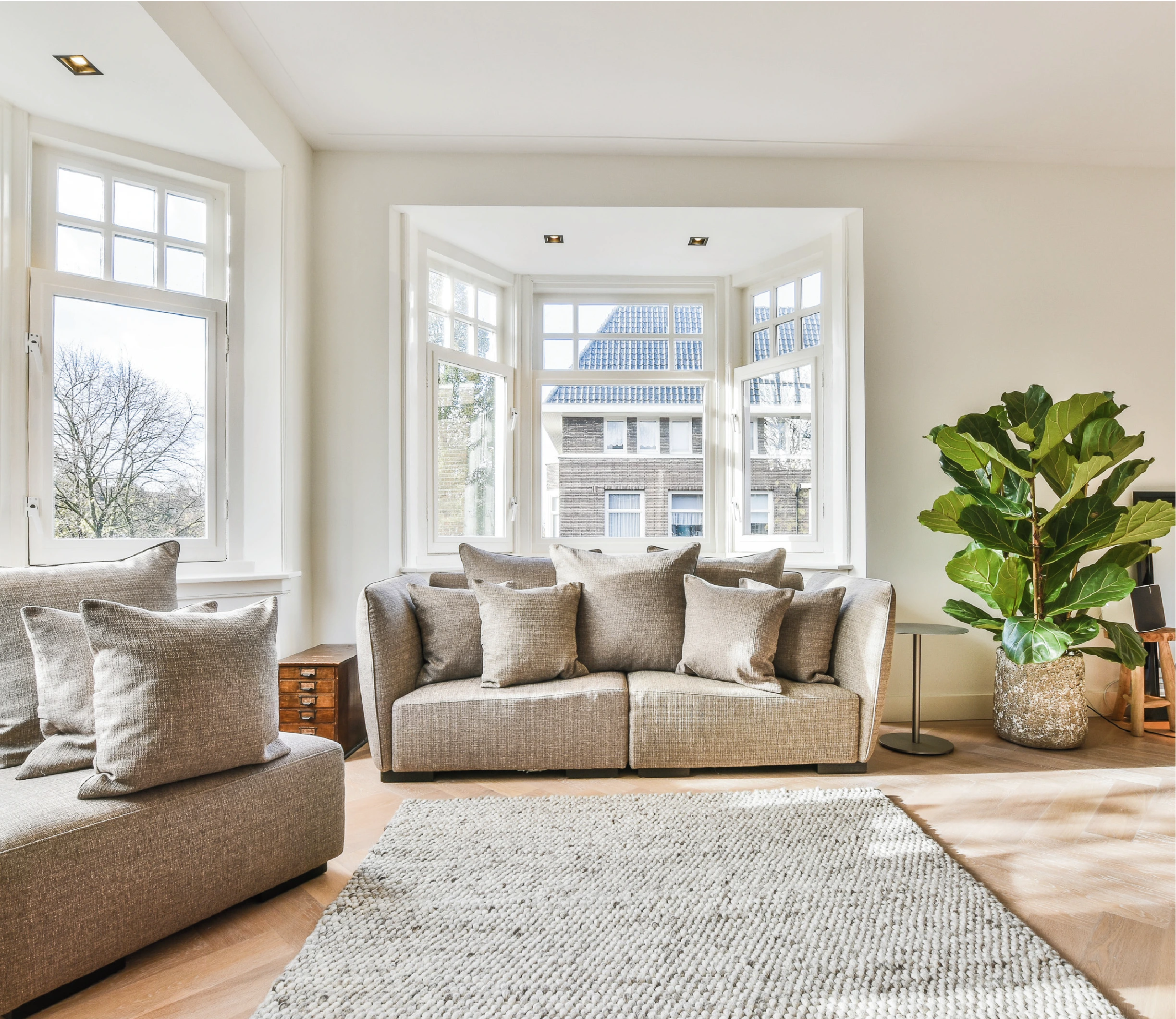We are PassivGlas™
Advanced Vacuum Glazing Solutions for Superior Energy Efficiency and Acoustic Performance
PassivGlas™ specialises in cutting-edge Vacuum Glazing technology designed to maximise thermal insulation, energy efficiency, and soundproofing—perfect for modern and heritage buildings alike.
Explore our innovative, energy-efficient glazing solutions that combine performance with aesthetics.
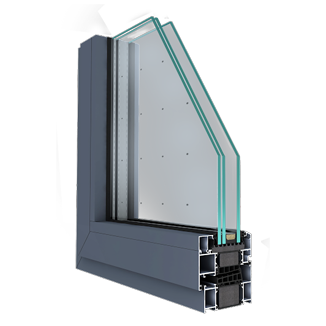
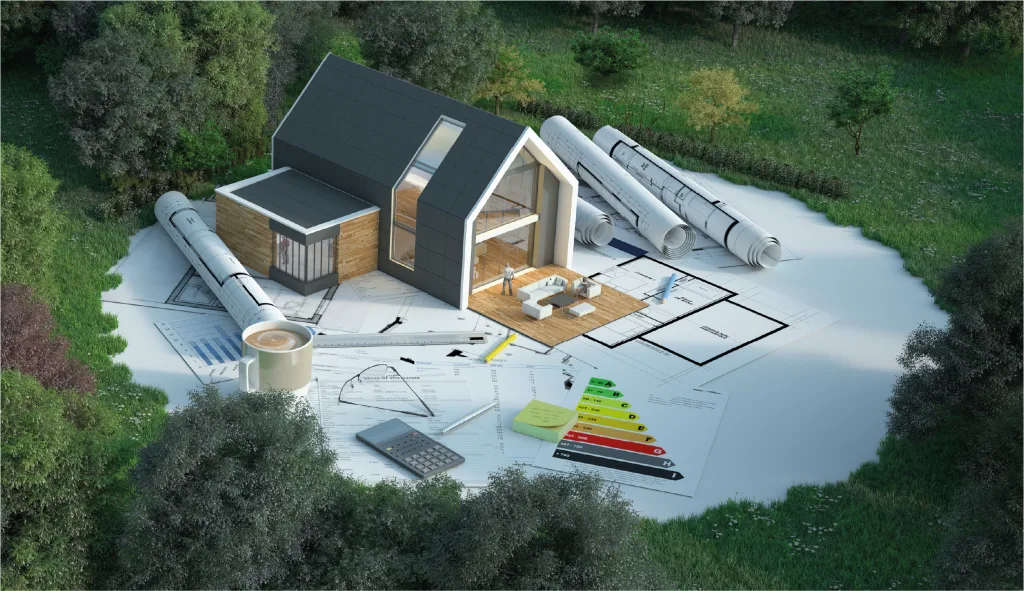
The science of PassivGlas™
PassivGlas™ sets the standard for vacuum glazing, offering unmatched thermal and acoustic insulation. Using cutting-edge techniques, PassivGlas™ encloses two glass panes with a micro-thin gap, from which all moisture and gases are removed. This creates a high-performance vacuum layer that virtually eliminates heat loss through conduction and convection.
This advanced technology is what makes PassivGlas™ the most effective insulation solution for windows on the market—delivering superior energy efficiency, year-round comfort, and a quieter indoor environment. Choose PassivGlas™ for the best in modern glazing innovation.
Exceptional Thermal Insulation
Achieve U-values as low as 0.49 W/m²K to reduce heat loss and enhance year-round comfort.
Superior Acoustic Performance
A vacuum layer minimises sound transmission for a quieter indoor space. UKAS tested sound reduction of Rw 36 dB
Slim, Lightweight Design
With a thickness starting from just 6.15mm. PassivGlas™ is ideal for heritage buildings, retrofits or new builds.
Guaranteed for 15 Years
Built for sustainability and reducing carbon footprints. Backed with a 15 year guarantee
Subscribe to our Newsletter
Get additional insight into our innovative product as well as news and updates from our very own experts. Be the first to know and sign up today.
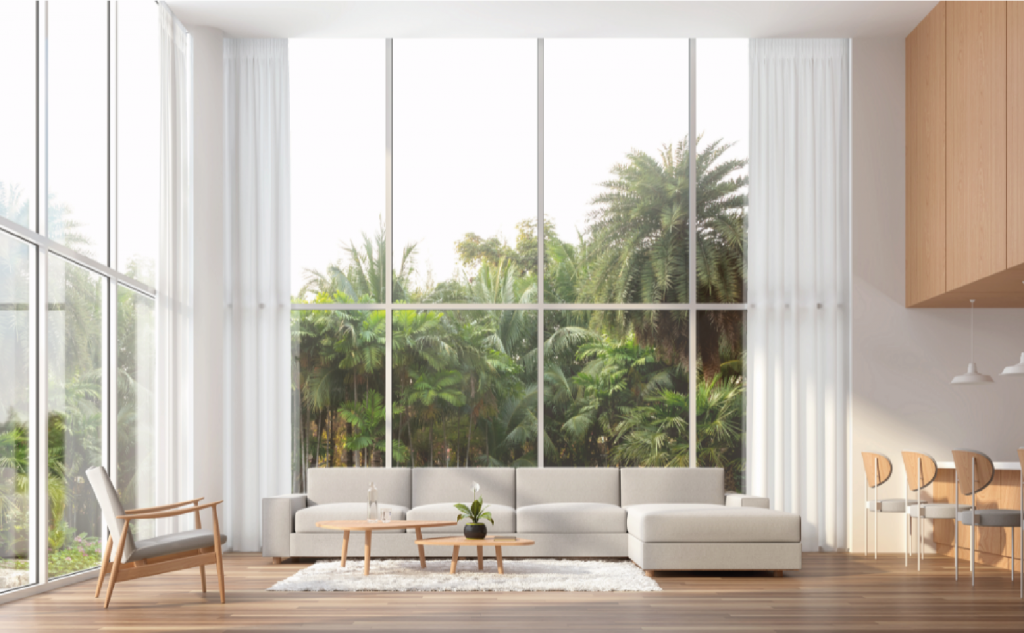
A Sustainable Glass Replacement Solution
PassivGlas™ far outclasses the thermal performance of even triple glazing, making it the pinnacle of energy-efficient window technology. Designed to keep properties warm during winter with minimal heating, PassivGlas™ is specifically engineered as a superior replacement for single and double-glazed units.
At the heart of our sustainability framework and commitment to Carbon Net Zero, PassivGlas™ offers an advanced vacuum glazing solution for both residential homes and commercial buildings—including those without direct sunlight exposure. Choose PassivGlas™ for exceptional energy efficiency and unparalleled environmental impact.
A Double Glazing Alternative
If you’re looking to invest in glass that falls in line with the government’s plans for Carbon Net Zero in 2050, vacuum glazing is the clear choice. PassivGlas™ is an amazing heat and sound insulator, while being available in thicknesses that are less than triple and double glazing panes.


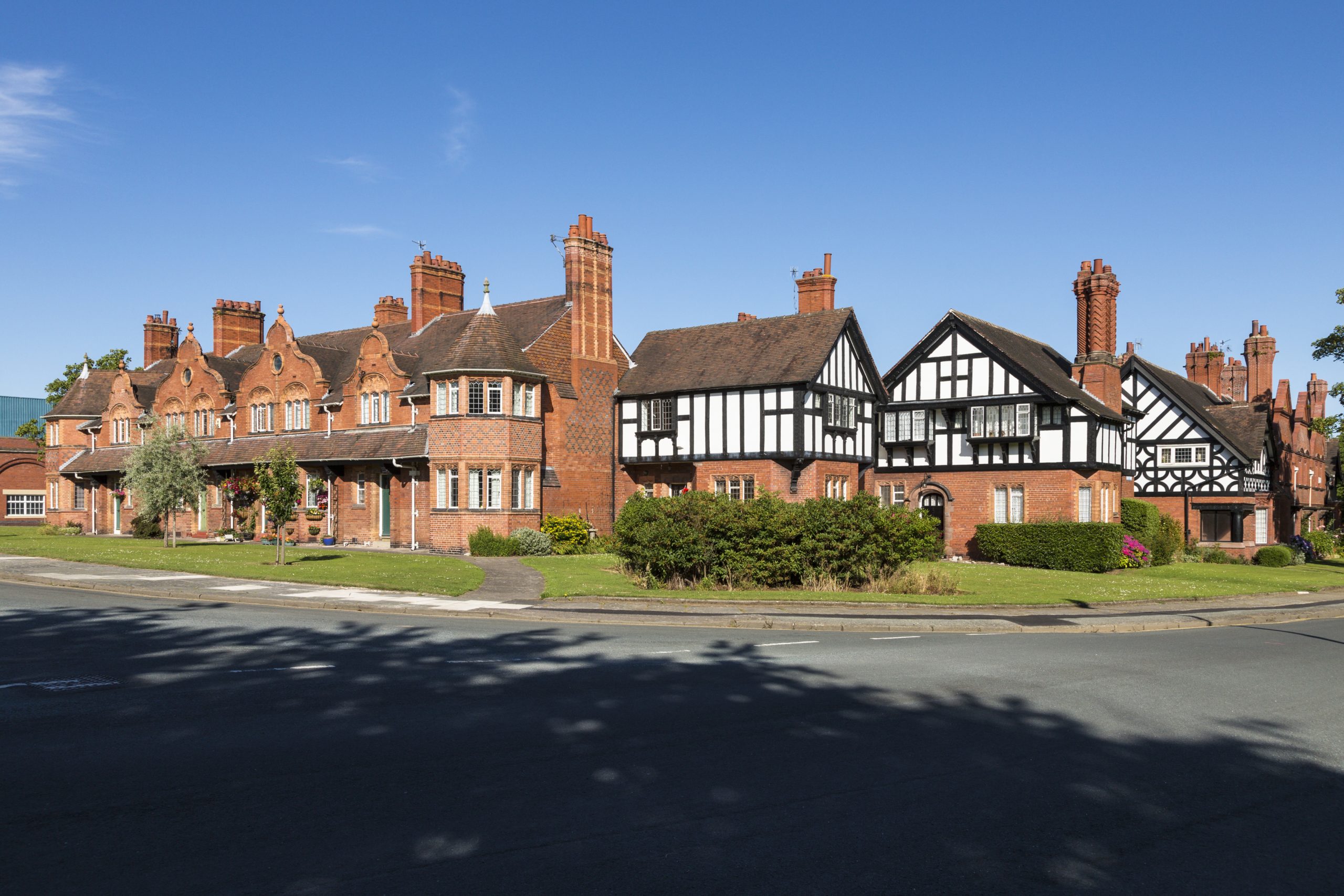
Vacuum Glazing for Heritage Buildings
Due to the sleek and ergonomic design of PassivGlas™ vacuum glazing, panes can be installed with minimal reframing work. This is ideal for listed buildings and other old properties. Our glass allows the cultural significance of UK heritage properties to remain without compromising the commitment to improving thermal efficiency. Furthermore, the installation of PassivGlas™ contributes to the overall comfort of visitors within heritage buildings.
Vacuum Glazing Replacement and Refurbishment
PassivGlas™ is intended for fitting within both new and existing window frames. For glass replacement services, this is very straightforward as the frame doesn’t need replacing so long as it has suitable edge coverage. The installer can also discreetly conceal the getter and edge seal to create a sleek modern appearance. Refurbishing heritage buildings and other old units is straightforward too, as the window frame doesn’t need to be replaced along with the glass. There is the option for the dots in PassivGlas™ to be clear, making the glass ideal for commercial glazing applications.
Long Lasting and Reliable Vacuum Insulation
Quality vacuum glazed glass retains its effectiveness for longer than double glazing products. Its lifespan has exceeded 25 years in a vast range of real-world environments, making PassivGlas™ a viable option for improving sustainability and lowering property costs. Unlike many other kinds of VIG, PassivGlas™ is supplied without an extraction port. This makes it a more aesthetic option for reducing heat and noise pollution within a building.
